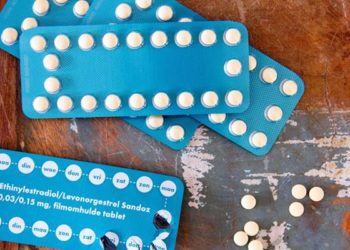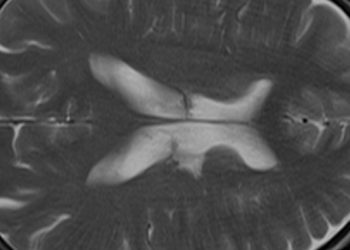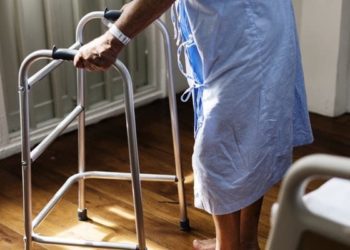Non-MRI conditional implantable defibrillator systems have normal function post-MRI
1. There were no serious adverse effects on device function post-magnetic resonance imaging (MRI) in non-MRI conditional implantable defibrillator (ICD) systems.
2. Non-MRI conditional ICD systems detected tachyarrhythmias effectively after MRI.
Evidence Rating Level: 1 (Excellent)
Study Rundown: ICDs are implantable devices that detect heart rhythms in individuals with electrophysiological abnormalities or at high risk of going into cardiac arrest. Non-MRI conditional ICDs have been previously considered to be contraindications to MRI by the United States Food and Drug Administration. However, recent large-scale studies have supported the safety of MRI in patients with non-MRI-conditional ICDs and pacemakers. Yet, there is a gap in knowledge as to understanding the ability of non-MRI conditional ICDs to terminate arrhythmias after an MRI examination. Overall, this study found that non-MRI conditional ICDs appropriately treated detected tachyarrhythmias after MRI, with no direct reports of failure to deliver therapy. This study was limited by ICD interrogations not being available for 15% of patients, as well as death after MRI in at least 12% of patients within 12 months and 21% with deaths within 36 months of MRI. Nevertheless, these study’s findings are significant, as they demonstrate that non-MRI conditional ICDs appropriately treat tachyarrhythmias after MRI and have no serious adverse effects on device function post-MRI.
Click to read the study in AIM
Relevant Reading: A Prospective Evaluation of a Protocol for Magnetic Resonance Imaging of Patients With Implanted Cardiac Devices
In-Depth [prospective cohort study]: This prospective cohort study was conducted at one hospital site in the United States. Patients who had an ICD and a clinical indication for MRI were eligible for the study. Patients who had undergone lead implantation within the previous four weeks, had permanent surgical epicardial leads, or had subcutaneous ICD systems were excluded from the study. The primary outcome measured was ICD interrogations after MRI, with clinical outcomes including arrhythmia detection and treatment, generator or lead exchanges, adverse events, and death. Outcomes in the primary analysis were assessed via medians and interquartile ranges for continuous variables, and absolute numbers and percentages for discrete variables. Based on the primary analysis, 4,177 arrhythmia episodes were detected in 536 patients with a median follow-up of 2.2 years from MRI to the latest available ICD interrogation before generator or lead exchange. Further, 95 patients received ICD shocks and 61 patients (10% of the total) had 130 spontaneous ventricular tachycardia or fibrillation events terminated by ICD shocks. A total of 210 patients (33% of the total) are known to have died (median, 1.7 years from MRI to death); three had cardiac arrhythmia deaths where shocks were indicated without direct evidence of device dysfunction. In summary, this study demonstrated that non-MRI conditional ICDs appropriately treated detected tachyarrhythmias after MRI, with no serious adverse effects on device function after MRI and device interrogation.
Image: PD
©2023 2 Minute Medicine, Inc. All rights reserved. No works may be reproduced without expressed written consent from 2 Minute Medicine, Inc. Inquire about licensing here. No article should be construed as medical advice and is not intended as such by the authors or by 2 Minute Medicine, Inc.







